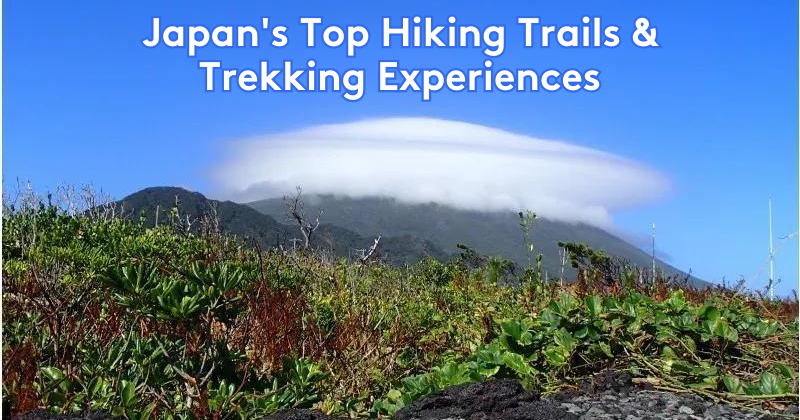
Japan's diverse landscapes offer a wide array of breathtaking outdoor experiences for hikers and trekkers. The country is home to ancient forests, towering mountains, volcanic landscapes, and serene coastlines, providing endless opportunities for exploration and adventure. This guide covers the top hiking trails and trekking experiences across various regions of Japan, providing you with the information needed to embark on your next unforgettable journey.
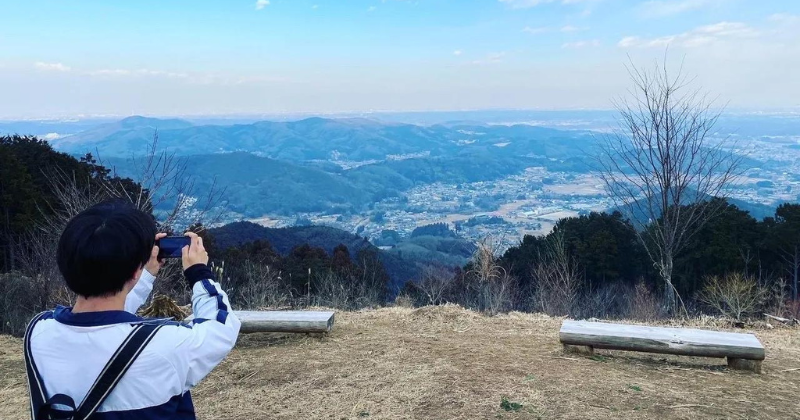
Mount Yumitateyama is a relatively easy hike with well-maintained trails that offer fantastic views of the surrounding landscapes. During the spring, the mountain is adorned with beautiful cherry blossoms, making it an ideal destination for nature lovers and photographers.
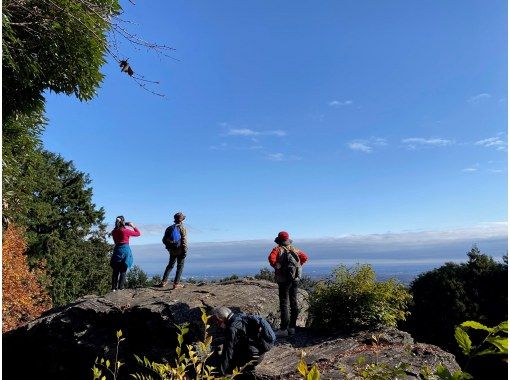

This prefecture offers a variety of remarkable hiking destinations. Ichino Kurasawa Oiwakabe provides a tranquil hike through lush forests and striking rock formations. Ominenuma, a serene marshland, invites exploration via a boardwalk trail. Mount Kashozan challenges experienced hikers with steep inclines and rocky terrain, while Mount Tanigawadake appeals to various skill levels with its stunning autumn foliage and picturesque snow-capped peaks in the winter.
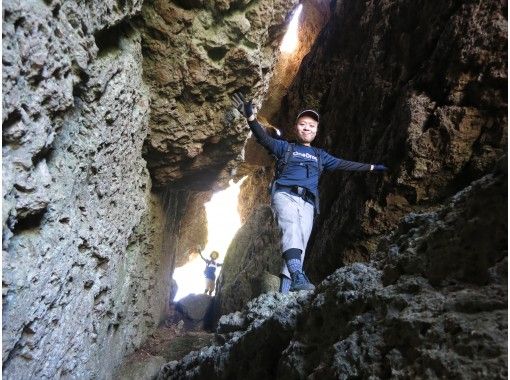
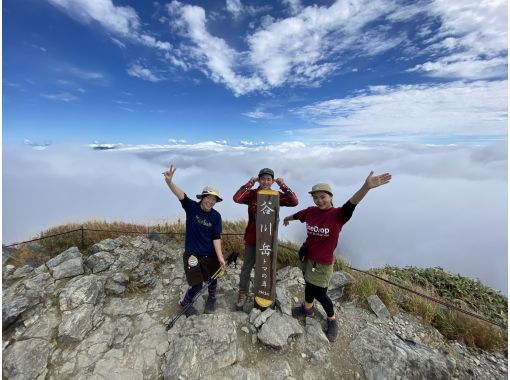

Hachijyoshima, a volcanic island south of Tokyo, boasts stunning ocean views, lush vegetation, and a variety of trails to explore. Its diverse terrain provides opportunities for both leisurely walks and more challenging hikes. Akigawa Valley, just a short trip from central Tokyo, offers a refreshing escape into nature. The valley features a beautiful river, cascading waterfalls, and well-maintained trails, making it perfect for a day trip. Heart Rock (Chihiroiwa) is a unique heart-shaped rock formation nestled within the Okutama region. A relatively easy hike leads you to the Heart Rock, where you can enjoy picturesque views and a romantic atmosphere.
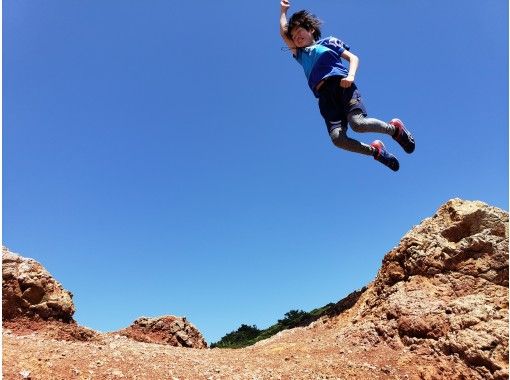
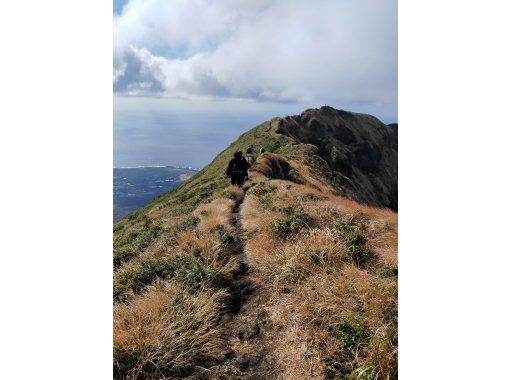
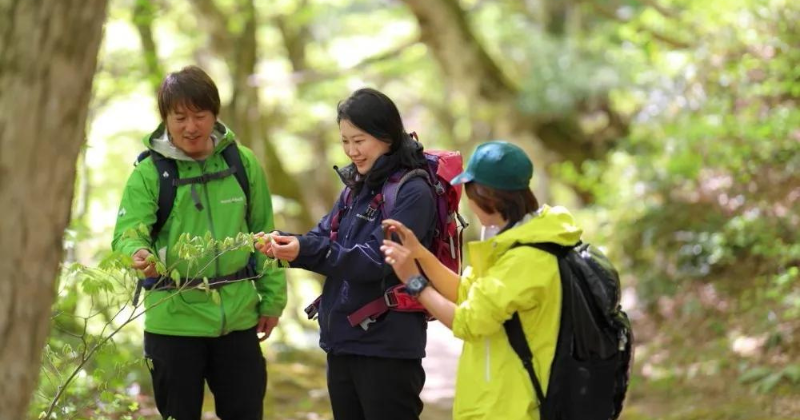
Oyama Forest is a picturesque hiking destination that features serene woodlands, small streams, and a rich variety of flora and fauna. The well-maintained trails provide a peaceful and immersive experience, perfect for those seeking a relaxing escape into nature.
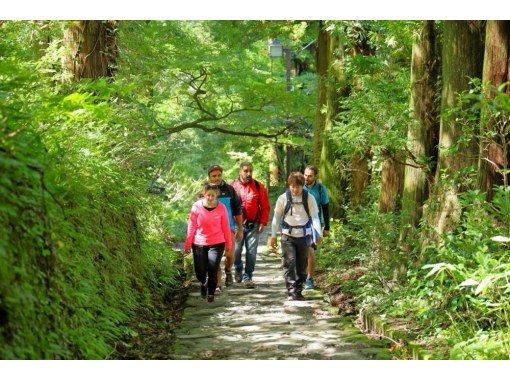
Kyushu Region

Chikushino is a scenic area with rolling hills and lush greenery, offering various hiking trails that are suitable for all levels of experience. The trails provide splendid views of the surrounding countryside and opportunities to spot local wildlife.
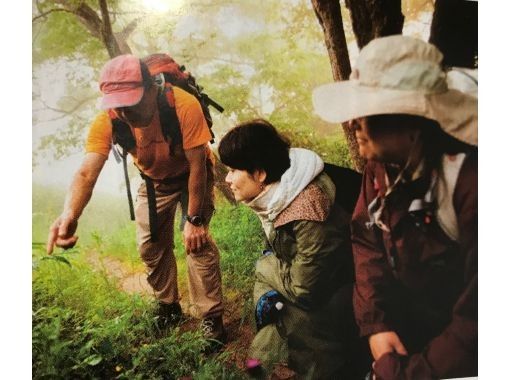
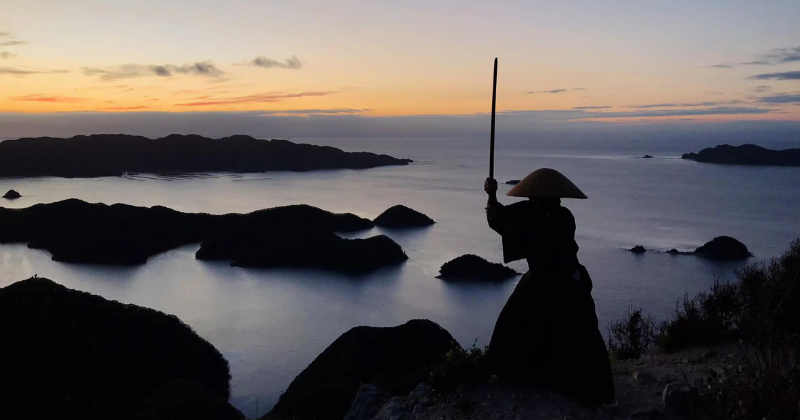
The Land of Genko is a historical hiking destination that takes you through ancient forests and past remnants of old fortifications. The trails offer a glimpse into the region's rich history while allowing you to enjoy the natural beauty of the area.
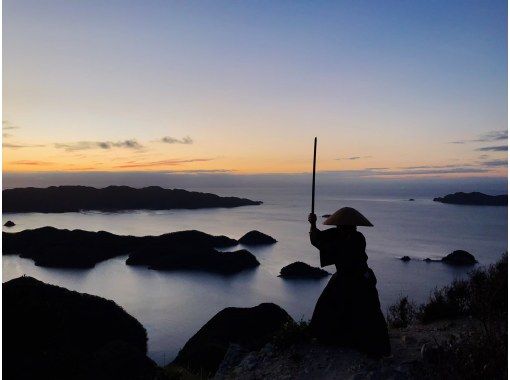
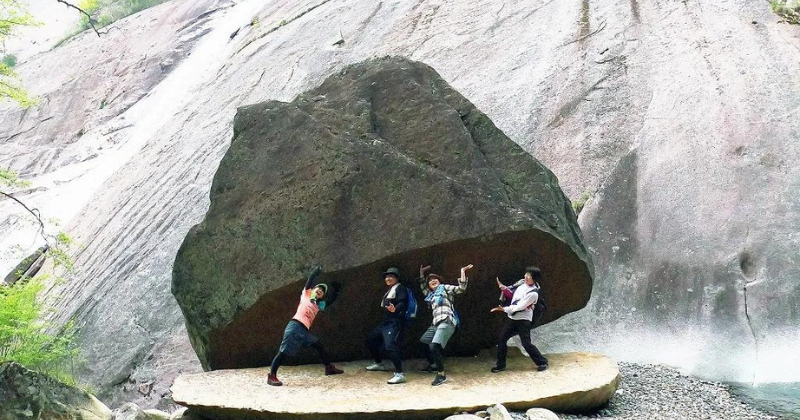
Kamisanyama boasts a challenging but rewarding hike that leads to the summit, offering panoramic views of the surrounding mountains and valleys. Pakkun Rock is a unique rock formation and a popular spot for photography enthusiasts, providing a picturesque backdrop for memorable snapshots.
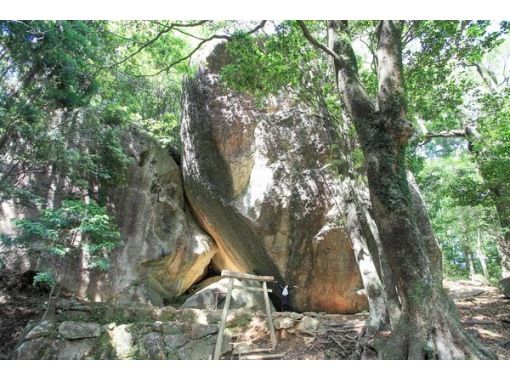

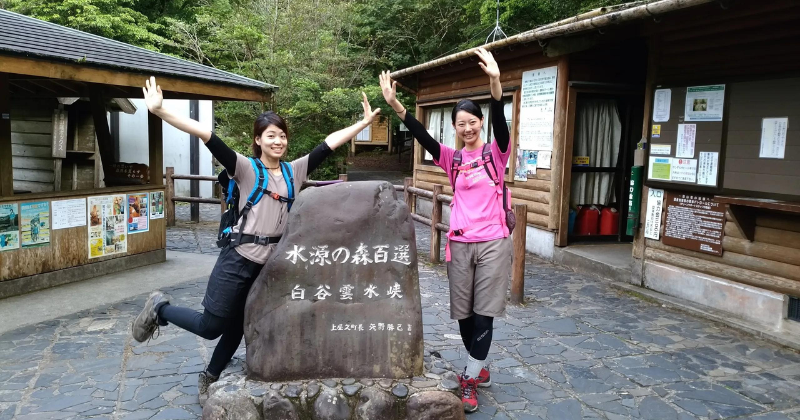
Mt. Miyanoura, Yakushima Island's highest peak, offers a challenging trek through ancient cedar forests. Kinsakubara Forest provides leisurely trails amid giant trees, while Shiratani Unsuikyo showcases moss-covered paths in a primeval forest, inspiring the film "Princess Mononoke." Amami Oshima, a subtropical island, features diverse trekking experiences through lush jungles and coastal trails.
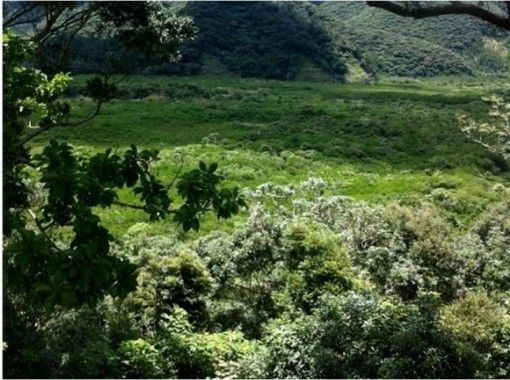


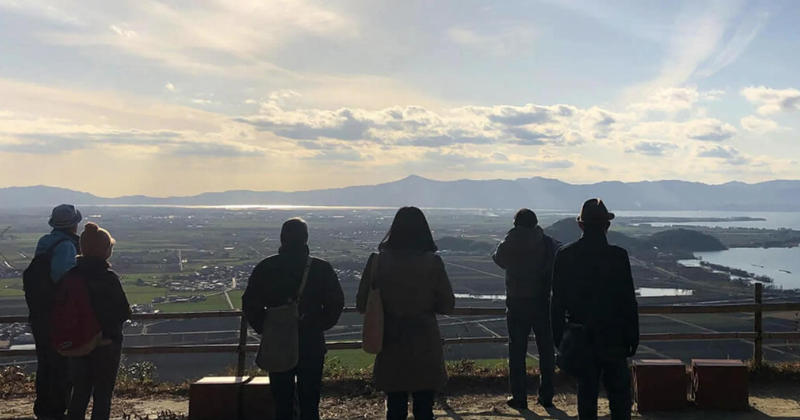
Mt. Hachiman is a moderate hike that offers stunning views of Lake Biwa, Japan's largest freshwater lake. The well-maintained trails and surrounding historical sites make this an enjoyable and culturally enriching experience for hikers of all levels.
Koyasan is a sacred mountain and an important center for Shingon Buddhism. The pilgrimage trails that traverse the area offer a spiritual journey through ancient forests, connecting various temples and shrines, allowing hikers to experience the region's rich history and spirituality.
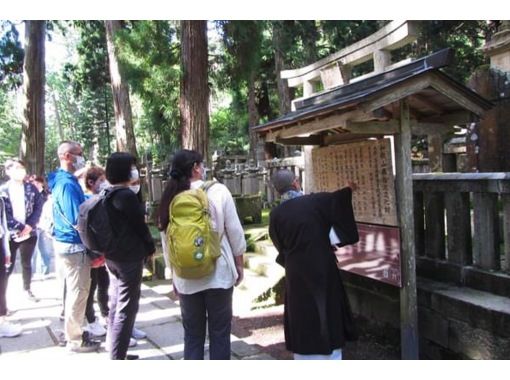

Kanbe lava flow is a fascinating geological site where you can hike through unique volcanic landscapes formed by ancient lava flows. The trails offer a glimpse into the area's volcanic past and provide stunning views of the surrounding countryside.
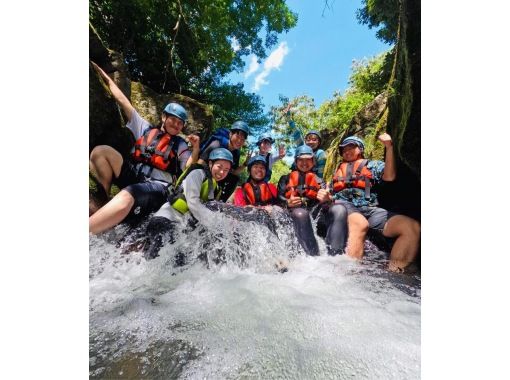
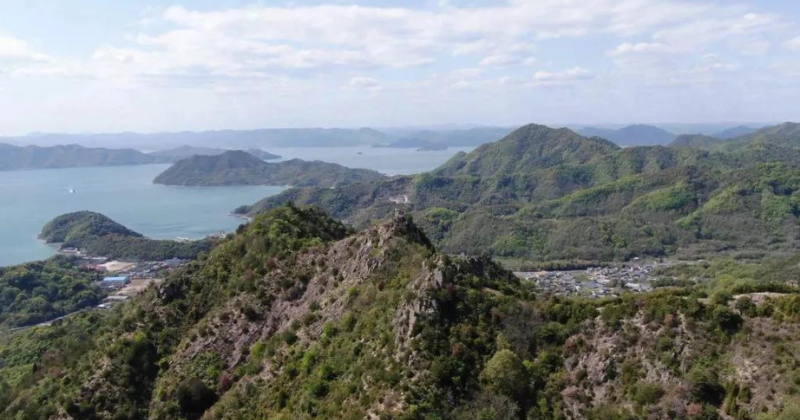
Mt. Anjinzan is a popular hiking destination that boasts beautiful panoramas of the Seto Inland Sea and surrounding landscapes. The trails are well-maintained, and the mountain is home to several ancient Buddhist temples, providing a serene and spiritually enriching hiking experience.
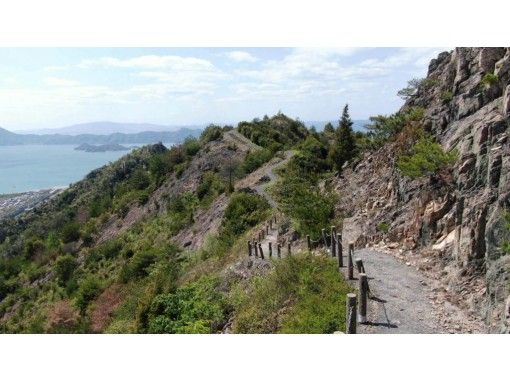
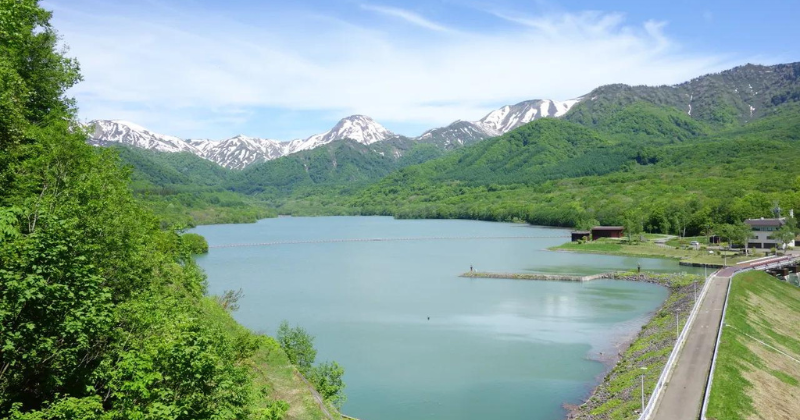
Myoko Forest is a picturesque destination that features lush greenery, beautiful waterfalls, and well-maintained trails that weave through the area. The forest provides a serene and tranquil atmosphere, perfect for those seeking a refreshing escape into nature.
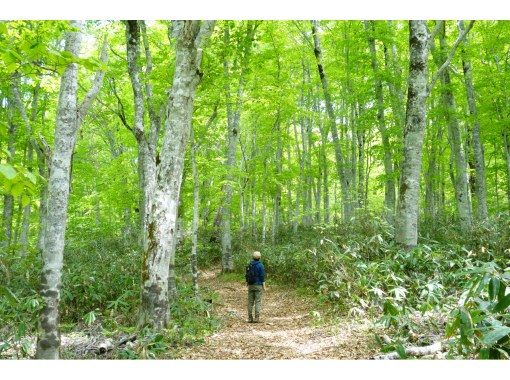
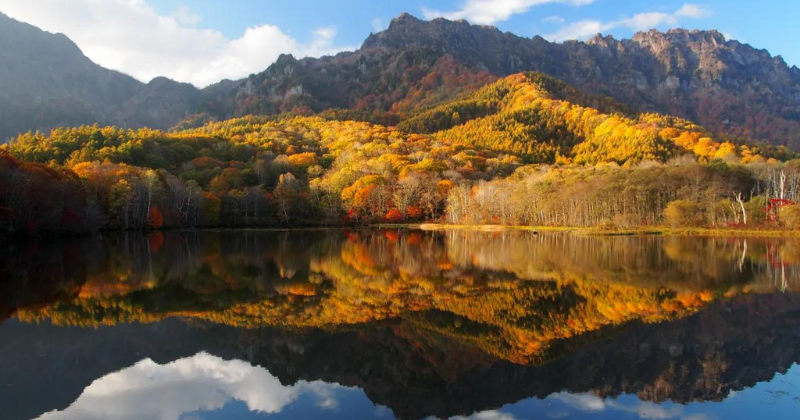
Mount Asama, an active volcano, offers unique and challenging hiking experiences with its rugged terrain and striking volcanic landscapes. The Togakushi Kodo Pilgrimage is a historically significant trail that takes hikers through ancient forests, connecting sacred sites and offering a spiritually enriching journey. The Takamine Highlands provide breathtaking views of the surrounding mountains and valleys, with trails suitable for various skill levels.
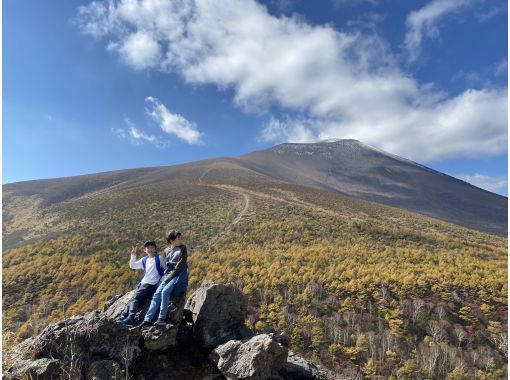
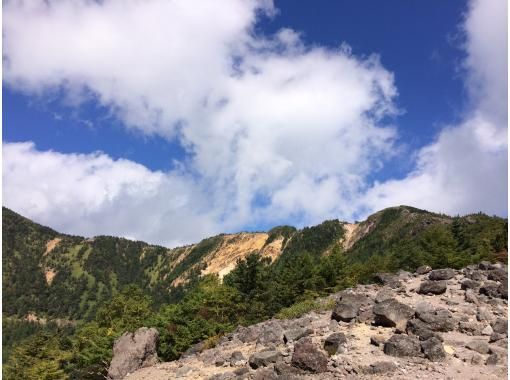


The Shirakami Mountains, a UNESCO World Heritage site, feature a vast expanse of untouched beech forests and numerous hiking trails that cater to different skill levels. This pristine wilderness is home to a diverse array of flora and fauna, providing a unique and unforgettable experience.

Kitayamazaki Cliff is a spectacular coastal hiking destination that boasts dramatic cliffs and stunning ocean views. The well-maintained trails offer an exhilarating experience as you navigate the rugged coastline. The Bentenzaki Lighthouse, located on a picturesque peninsula, provides a leisurely hike with panoramic views of the surrounding ocean and coastal landscapes.
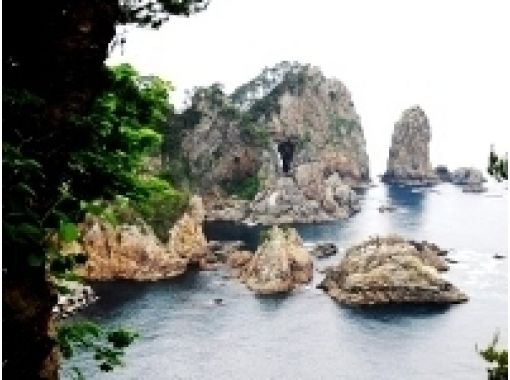

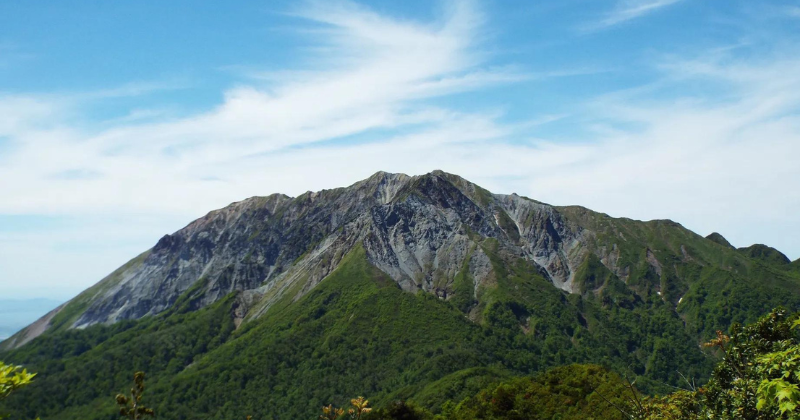
Yamajiri Valley is a tranquil destination with well-maintained trails that meander through lush forests, alongside crystal-clear streams, and past captivating waterfalls. The valley offers a serene escape into nature, perfect for those seeking relaxation and rejuvenation. Mount Bandai is a moderately challenging hike that rewards hikers with breathtaking views of the surrounding landscapes from its summit. Tsukuroyama-a provides a leisurely hike with panoramic vistas, making it an excellent choice for hikers of all levels.
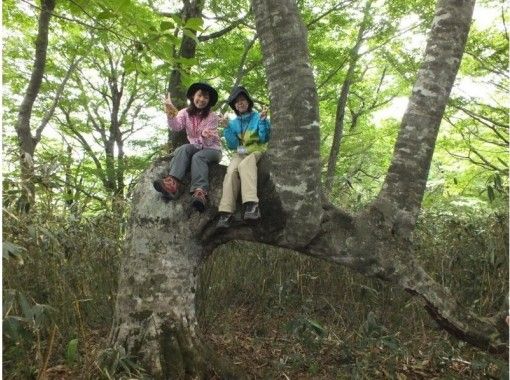
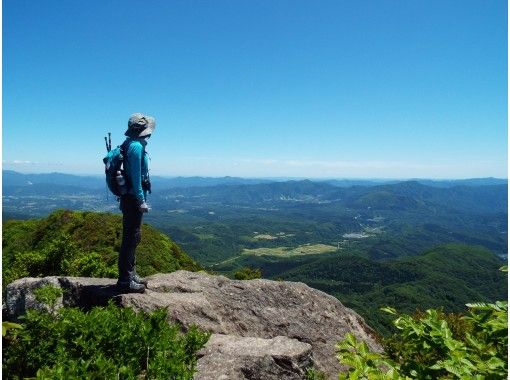
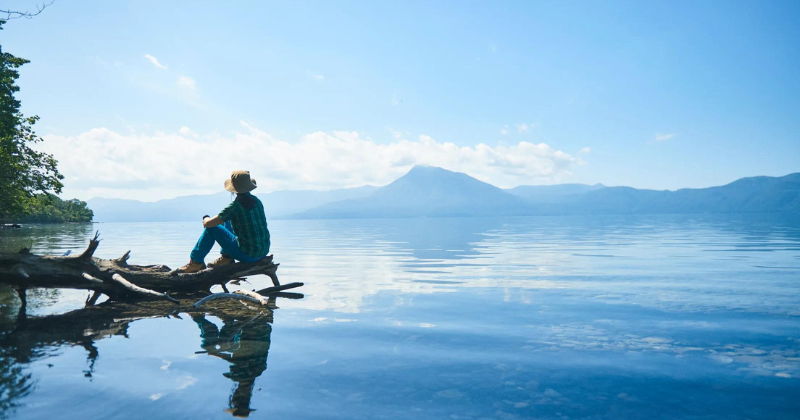
Notable trails and destinations include Mount Date Monbetsu, with its picturesque views and well-maintained trails; Toya National Park, which features an array of scenic hikes around lake Toya and the surrounding volcanic landscapes; and Mount Moiwa, offering panoramic vistas of Sapporo city and the surrounding mountains. Additionally, destinations such as Komakusadaira, Shiretoko, and Niseko Annupuri provide a range of hiking experiences, from coastal treks to mountainous adventures.
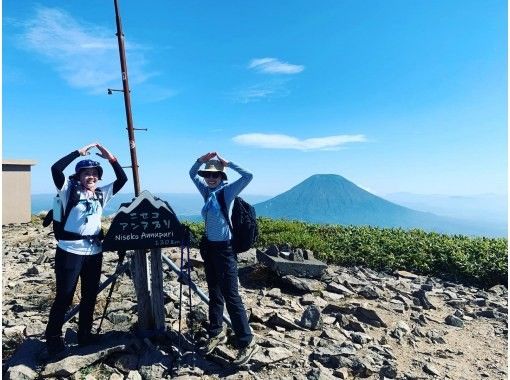
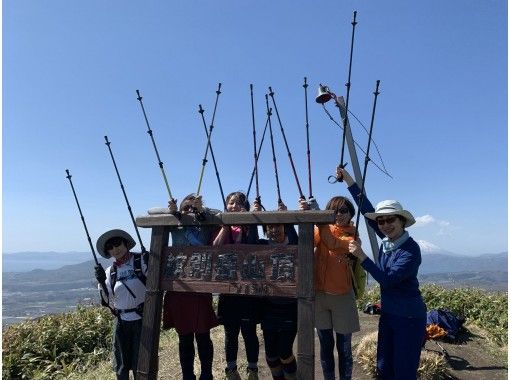
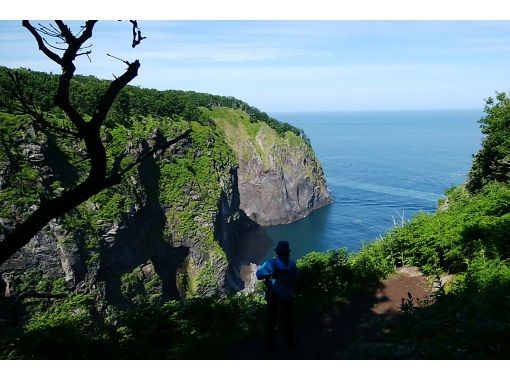
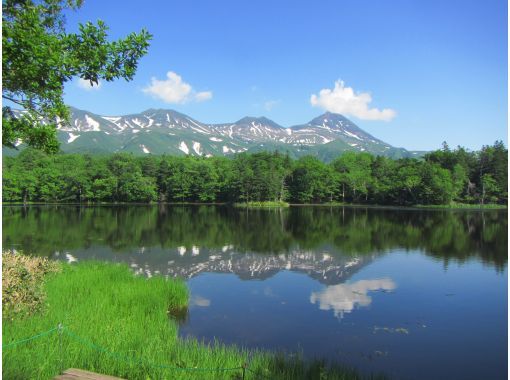

Mount Fuji, Japan's most iconic mountain, provides challenging hikes and breathtaking views from its summit. The Hoei volcano, located on Mount Fuji's southeastern slope, offers unique volcanic landscapes and a moderately challenging hike.
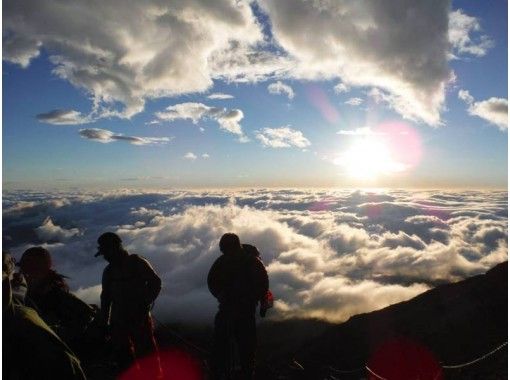

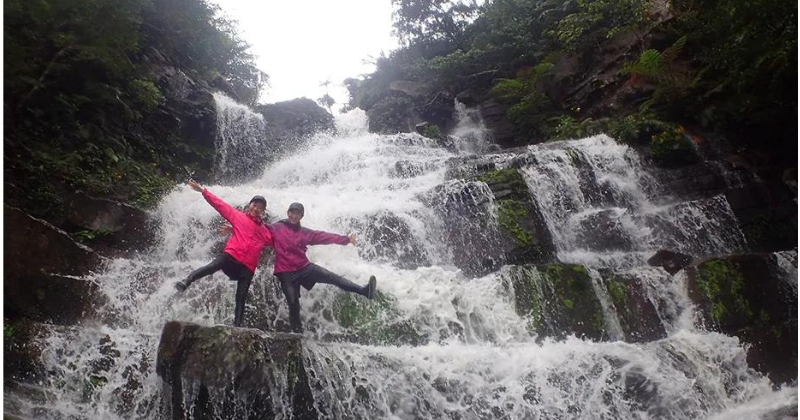
Okinawa, a subtropical paradise in southern Japan, is home to a variety of unique hiking trails and trekking experiences that showcase the region's lush jungles, pristine beaches, and vibrant coral reefs. Notable destinations include Ta Falls trekking, which takes you through dense forests and alongside cascading waterfalls; Yanbaru, a region known for its abundant wildlife and lush subtropical forests; and Iriomote Island, offering a variety of hiking trails that lead to remote beaches, stunning waterfalls, and scenic mangrove forests.
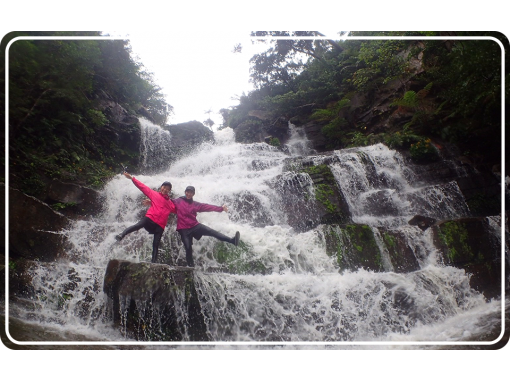
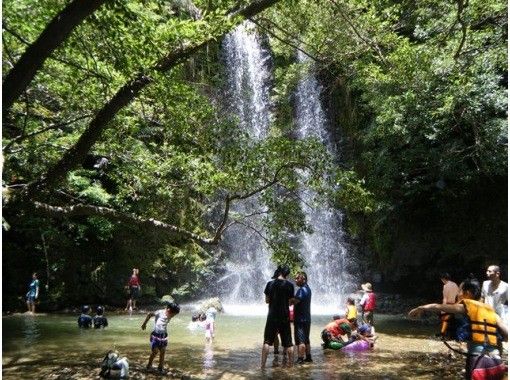
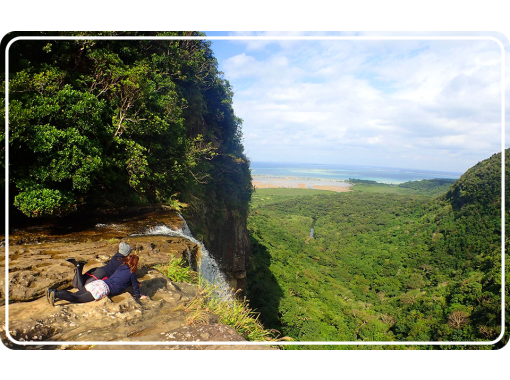
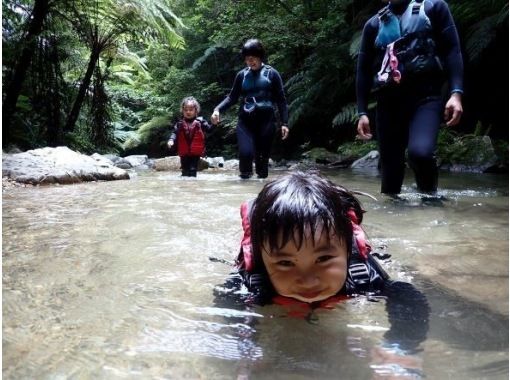
Japan offers a vast array of hiking trails and trekking experiences to suit every skill level and interest. From the iconic Mount Fuji to the lush forests of Okinawa, there is a trail waiting to be discovered. We hope this guide has inspired you to explore the incredible outdoors that Japan has to offer and create unforgettable memories along the way. Happy trails!
Frequently asked questions
QWhat type of clothing should I pack for hiking in Japan?
ALayered clothing is recommended, as temperatures can vary throughout the day. Bring moisture-wicking shirts, a fleece or light jacket, waterproof outerwear, and comfortable hiking pants or shorts. Pack a hat, sunglasses, and gloves for sun protection and warmth.
QWhat type of footwear is suitable for hiking in Japan?
ASturdy, comfortable, and waterproof hiking boots or shoes with good ankle support and a reliable grip are essential for the varied terrain in Japan.
QIs it necessary to bring hiking poles?
AHiking poles are useful for added stability and support, especially on challenging or steep trails. They can also help reduce the strain on your knees and joints during descents.
QWhat kind of backpack should I use for hiking in Japan?
AChoose a comfortable, lightweight backpack with enough capacity to hold your essentials. Features like padded shoulder straps, a hip belt, and multiple compartments will help distribute weight evenly and keep items organized.
QShould I pack insect repellent and sunscreen?
AYes, insect repellent and sunscreen are essential for outdoor activities in Japan. Apply sunscreen with a high SPF rating and choose insect repellent with DEET or other effective active ingredients.
QIs it necessary to bring a map and compass?
AWhile many trails are well-marked, carrying a map and compass is a good precaution in case you lose your way. Alternatively, consider downloading offline maps or using GPS navigation apps on your smartphone.
QDo I need any permits or fees to access hiking trails in Japan?
AWhile most trails in Japan are free to access, some may require permits or entrance fees. Research your specific hiking destinations beforehand to be prepared for any requirements or restrictions.
QHow can I stay connected while hiking in remote areas in Japan?
AA portable power bank can help keep your devices charged while on the trail. Consider renting a mobile Wi-Fi device or purchasing a local SIM card to ensure you have reliable internet access. However, be prepared for limited or no connectivity in some remote areas.




